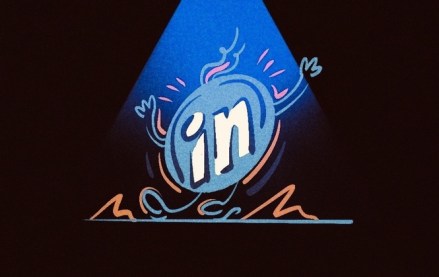Join us Dec. 1-3 in New Orleans for the Digiday Programmatic Marketing Summit

Nate Carter is managing director of eEffective, a digital trading desk.
Many years ago, when I had just started my media career at a radio station in Connecticut, buzz swept the office that we “had three books.” I was confused. Were these first-run copies of “The Juror” signed by John Grisham? Nope. Turned out a senior staffer had secured actual Arbitron diaries, the survey books used to create radio ratings.
Our radio station, in other words, had found a way to report its own ratings – and generate thousands of listeners who did not really exist.
Oops. Welcome to the world of ad fraud. Today this ethical morass has expanded in the digital world.
Later on in my career, as I moved into media, the possibilities of one-to-one advertiser-to-consumer communication were enthralling. The day of media accountability had arrived. With it would come optimization, buying efficacies and all that would come with them. From a sales perspective, excitement resided in being able to deliver unquestionable results that grew client businesses. The old ways were passing, and a new dawn had come.
Enter the nefarious robots. All of this promise has come into question lately. The reports come like body blows: Only 33 percent of impressions are ever viewed; bot traffic is ravaging the internet; iFrames and invisible windows are deceiving bidding systems. Suddenly, the future seems more murky and perhaps, in some ways, less bright. One wonders, if John Wanamaker were alive today, whether he might say, “I know half of my ad impressions are real; I just don’t know which half.” Indeed, in many ways, the activity is extremely disappointing, but at the same time, it is very predictable.
Ad fraud has been going on for decades. However, the sophistication of today’s ad fraud is something that puts sticky-fingered program managers of yore to shame. While ratings and readership games have always been played, advertisers could take solace in several things. First, while viewership, readership and listenership numbers can all be manipulated, if a full-page ad was purchased or a TV commercial was flighted, marketers knew it would run. Also, audience size aside, a buyer knew that there was a certain level of elasticity in pricing that was in large part derived from the demand upon inventory. In other words, a real market was dictating the price.
In today’s complicated market, many of these facts of the past no longer hold true. Is a programmatic ad buy being served to a person or a Web-crawling bot? A full-page ad on Page 3 of the newspaper may or may not have been viewed, but at least you received a tear sheet and it ran “above the fold.” Certainly a pirate site serving your ad inside an iFrame that reports it as having run on a top comScore site was outside the realm of marketer’s concerns. Yet today, these are issues every savvy marketer is facing.
Fortunately, the solutions are as clear as the problems. While audience spoofing is an age-old practice, technology companies are aggressively combatting new fraud techniques, with companies such as comScore, Nielsen, White Ops, Integral Ad Science and DoubleVerify leading the way. In fact, despite the negative news, these companies offer an opportunity to today’s marketer that has never before existed — the opportunity to actively combat fraudulent impressions. In years past, advertisers were at the mercy of Nielsen or Arbitron for responsive audience measurement. When it came to fraud, the checks and balances were limited.
Perhaps in an extreme case, such as that with Newsday’s inflated circulation, the federal government might get involved. However, in most cases, fraud went completely unchecked. In today’s world, advertisers are taking ownership of their measurement, working with partners to measure performance and spot ad fraud at a 1:1 advertiser to consumer level. Technology platforms such as Spotify and Pandora epitomize this level of accountability where advertisers are able to receive a commercial log of each spot played to each person. Gone are the days when a few paper diaries, sitting in the top-left drawer of a desk, could skew an audience by thousands, with little chance of ever being discovered by an advertiser.
This is not to say that challenges don’t remain. Criminals will continue to look for ways to steal advertiser dollars. Combatting fraud will require investments of time and money from all players in the digital ad ecosystem from the advertiser to the publisher. The upshot is that advertisers finally have the opportunity to, actively fight fraud, gain true perspective on what media is working and reward those who do it right with their ad spend. Will fraud continue? Undoubtedly. But now the good guys can finally fight back.
More in Marketing

The CMO-CCO split is becoming a corporate fiction
The longstanding divide between marketing and communications is eroding — not with a bang but with a slow, steady merging of responsibilities.

‘Clicks don’t pay the bills, pipeline quality does,’ becomes LinkedIn’s case for its pricey ad prices
LinkedIn’s head of ads measurement, Jae Oh, explains why he believes the platform is “phenomenally cheaper” than others in the market.

Ad Tech Briefing: Digital Omnibus is about to land — here’s what it means for GDPR, and the future of ad targeting
The EC’s Digital Omnibus could redefine data rules — and shift power in digital advertising.





